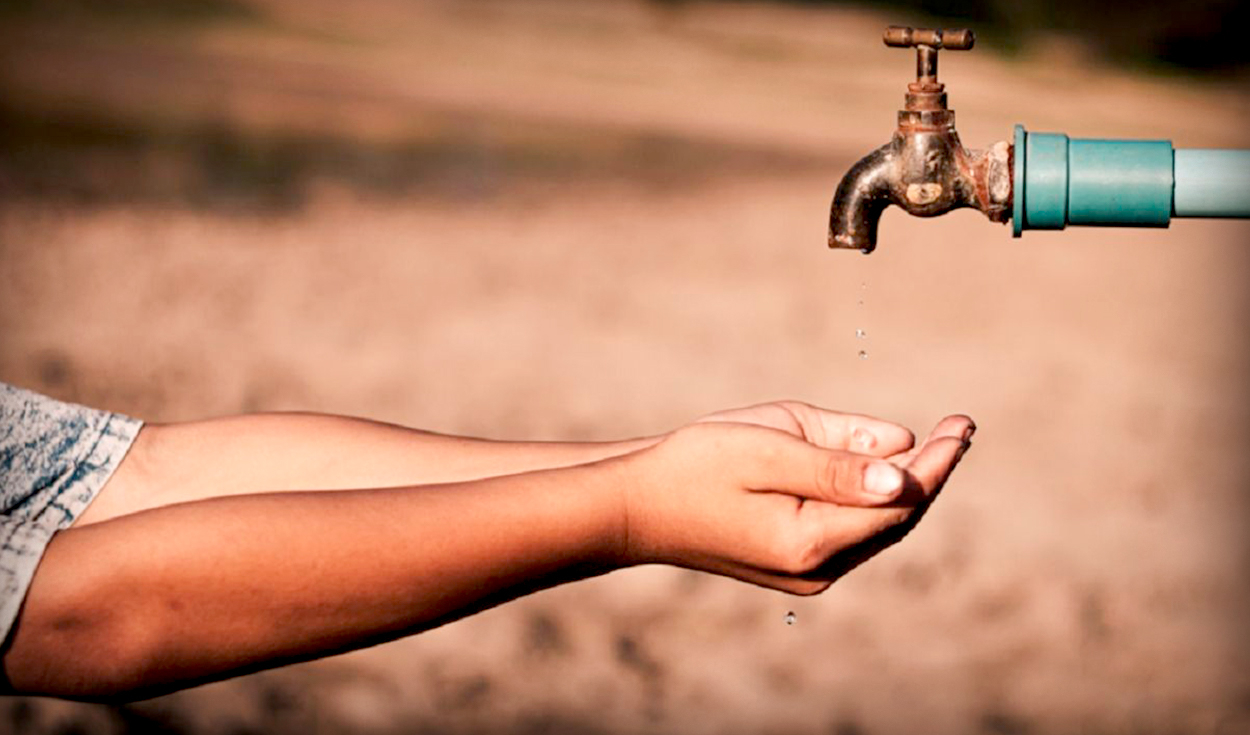
By 2022, 3.1 million Peruvians —11% of the population— still do not have access to drinking water. And although the majority already have a secured connection, almost half of the population still does not have a guaranteed 24-hour service provision.
In the departments of Loreto (40%), Puno (31%) and Ucayali (26%) there is a greater number of homes that do not have drinking water. In contrast, in regions such as Tacna, the figure reaches 4.83% of Peruvians who do not have access to the provision of the service, according to the Network of Development Studies (Redes).
“We must remember that, as part of the actions to combat poverty, it is necessary to guarantee access to water resources. The provision of this service, moreover, has to be adequate; otherwise, could have negative effects on health and cause diseases such as malnutrition and poisoningas indicated by the Pan American Health Organization”, stressed Oswaldo Molina, executive director of Redes.
The gaps related to drinking water present differences not only based on the percentage of households that access the service, but also due to the hourly availability of the resource. Even if a home has a secured connection, this does not guarantee the distribution of the service 24 hours a day.
“According to the National Superintendence of Water and Sanitation, if items such as restaurants, commerce, lodging and, partially, manufacturing, do not have water service for a single day, losses of S/1,930 million are estimated. In addition to providing services, companies are a source of employment and income for families”, estimated Molina.
What to do so that more Peruvians have water?
Thus, the infrastructure gap in the sanitation sector is equivalent to an investment of S/51,000 million, of this amount, more than S/11,000 million are required to guarantee access and quality of drinking water serviceaccording to the National Sanitation Plan 2022-2026.
Furthermore, according to information from the Ministry of Economy and Finance (MEF), the execution of the budget for public investment in this sector, for the last five years —between 2018 and 2022— is close to 60%. With this, it is one of those with the lowest percentage of government execution.
The specialist indicated that access to services should be optimized by identifying the most vulnerable areas, in order to prioritize them in the investments that are made. This, accompanied by their monitoring to ensure that the resource reaches more Peruvians.
Source: Larepublica
Alia is a professional author and journalist, working at 247 news agency. She writes on various topics from economy news to general interest pieces, providing readers with relevant and informative content. With years of experience, she brings a unique perspective and in-depth analysis to her work.












